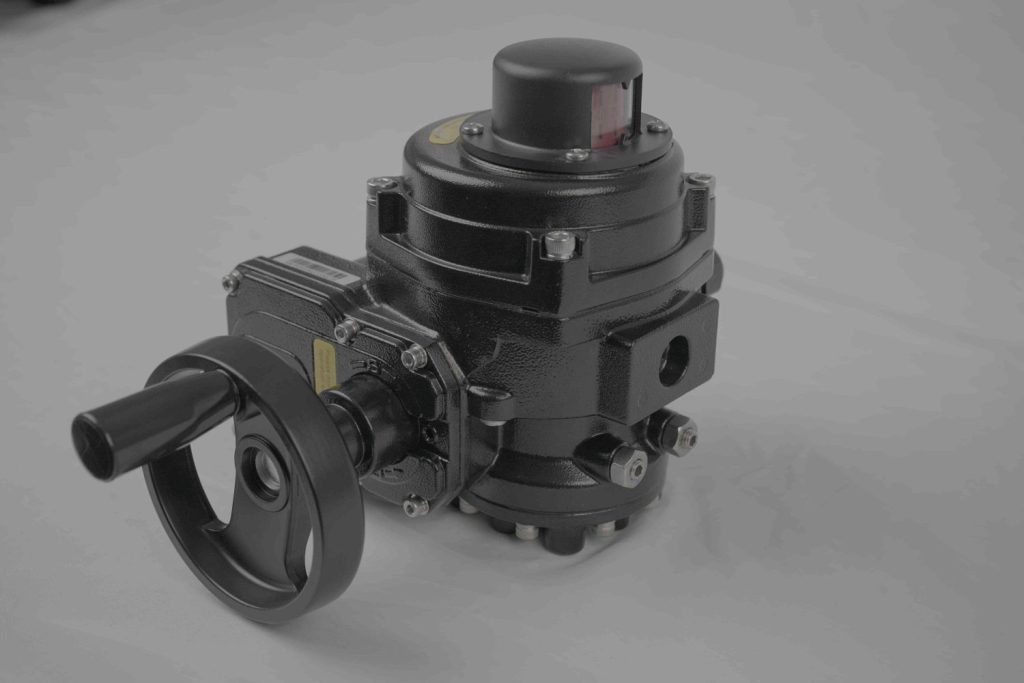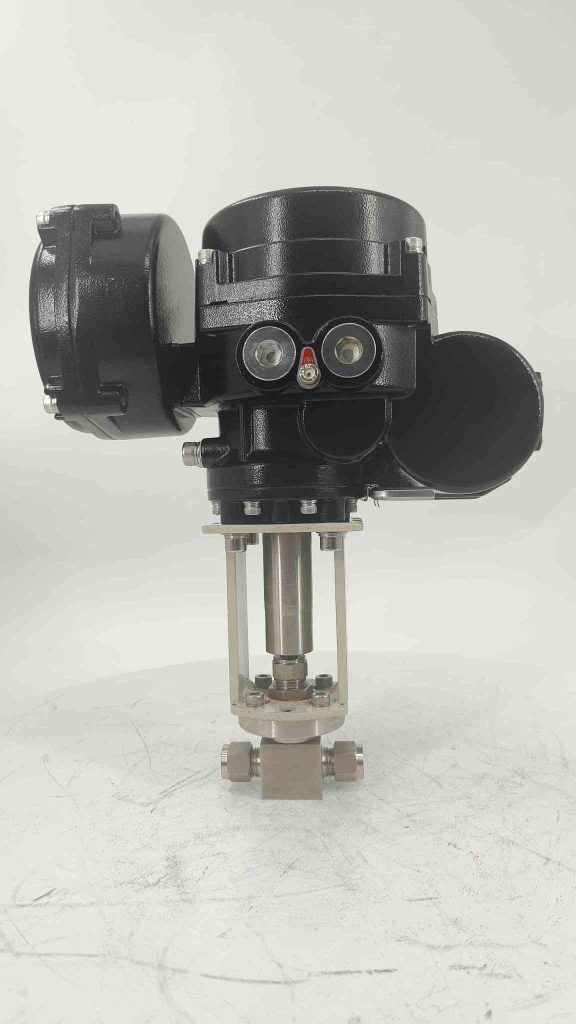Lithium batteries have become an integral part of modern technology, powering everything from smartphones to electric vehicles. As the demand for more efficient and safer energy storage solutions rises, the components that ensure the operational safety of these batteries have gained significant attention. One such component is the lithium battery valve, a crucial safety feature that plays a vital role in maintaining the integrity and performance of lithium batteries.

What is a Lithium Battery Valve?

A lithium battery valve is a specialized device designed to control the pressure within a lithium-ion battery cell. It is typically a one-way valve or a pressure relief valve that activates under specific conditions to prevent excessive pressure buildup. This situation can occur due to various factors, including overcharging, short-circuiting, or thermal runaway—wherein the temperature inside the battery rises uncontrollably, leading to potential rupture or explosion. The valve mechanism ensures that if the internal pressure exceeds a predetermined limit, the valve opens to release gas safely, thereby mitigating the risk of catastrophic failure. This functionality is paramount in enhancing the safety and reliability of lithium batteries, commonly used in consumer electronics, electric vehicles, and renewable energy storage systems.

Leave a Reply